conduit through concrete sleeve?
pirwin21
9 years ago
Related Stories
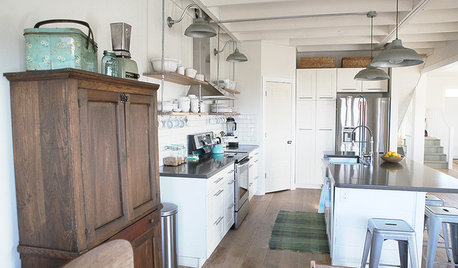
DESIGN DICTIONARYConduit
A conduit inside a building serves as a channel for electrical cables and wires
Full Story0

LANDSCAPE DESIGNHow to Move Water Through Your Landscape
Swales, underground pipes or a mix of both: There’s more than one way to distribute water in the garden
Full Story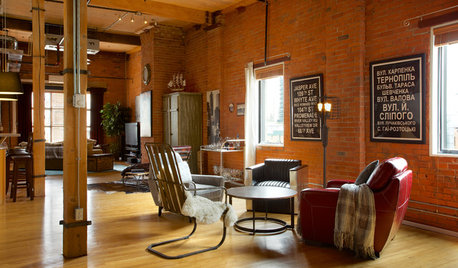
LOFTSDIY Spirit Reinvents an Industrial Home
Armed with a detailed plan from a designer, this homeowner rolled up his sleeves and transformed his Edmonton loft space
Full Story
CONCRETEWhy Concrete Wants to Crack
We look at the reasons concrete has a tendency to crack — and what you can do to help control it
Full Story
KNOW YOUR HOUSEKnow Your House: The Basics of Insulated Concrete Form Construction
Get peace and quiet inside and energy efficiency all around with this heavy-duty alternative to wood-frame construction
Full Story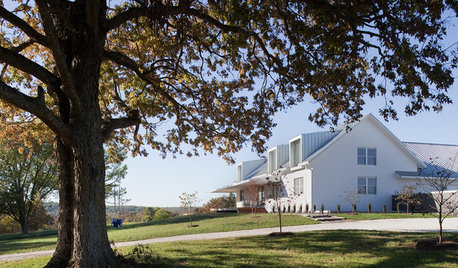
HOUZZ TOURSHouzz Tour: Traditional Meets Modern in a Missouri Farmhouse
Don't be fooled by the gable form. This spacious home on 3 acres has many modern surprises up its sleeve
Full Story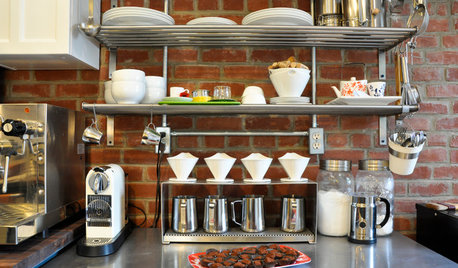
KITCHEN DESIGNSweet Ideas and a Truffle Recipe from a Chocolatier's Test Kitchen
A $2,100 budget didn't mean a half-baked kitchen redo; this confectioner just rolled up her sleeves and rolled out the improvements
Full Story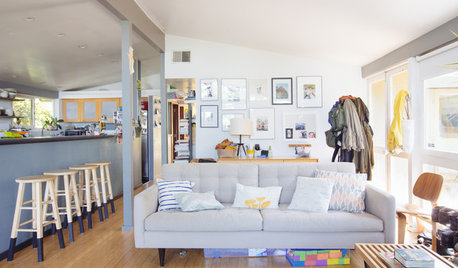
HOUZZ TOURSMy Houzz: DIY Efforts Reward a Berkeley Family
California parents-to-be roll up their sleeves to transform the landscape and spruce up the interior of their Cliff May home
Full Story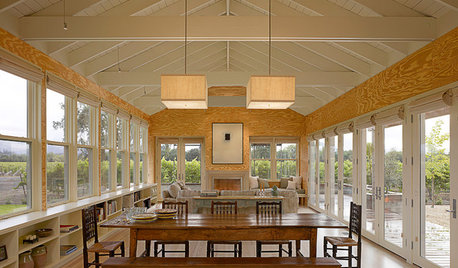
ARCHITECTUREDesign Workshop: The Beauty of Humble Materials
Discover the appeal of budget-friendly plywood, concrete and other modest surfaces
Full Story
GREEN BUILDINGInsulation Basics: Heat, R-Value and the Building Envelope
Learn how heat moves through a home and the materials that can stop it, to make sure your insulation is as effective as you think
Full StoryMore Discussions







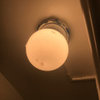
Ron Natalie
btharmy
Related Professionals
Eagan General Contractors · El Monte General Contractors · Gary General Contractors · Harvey General Contractors · Merritt Island General Contractors · Norwell General Contractors · Port Huron General Contractors · Rossmoor General Contractors · Seguin General Contractors · Emeryville Solar Energy Systems · Hinsdale Solar Energy Systems · Mesquite Solar Energy Systems · Crystal Home Automation & Home Media · Pittsburgh Home Automation & Home Media · St. Louis Home Automation & Home Mediapirwin21Original Author
Ron Natalie